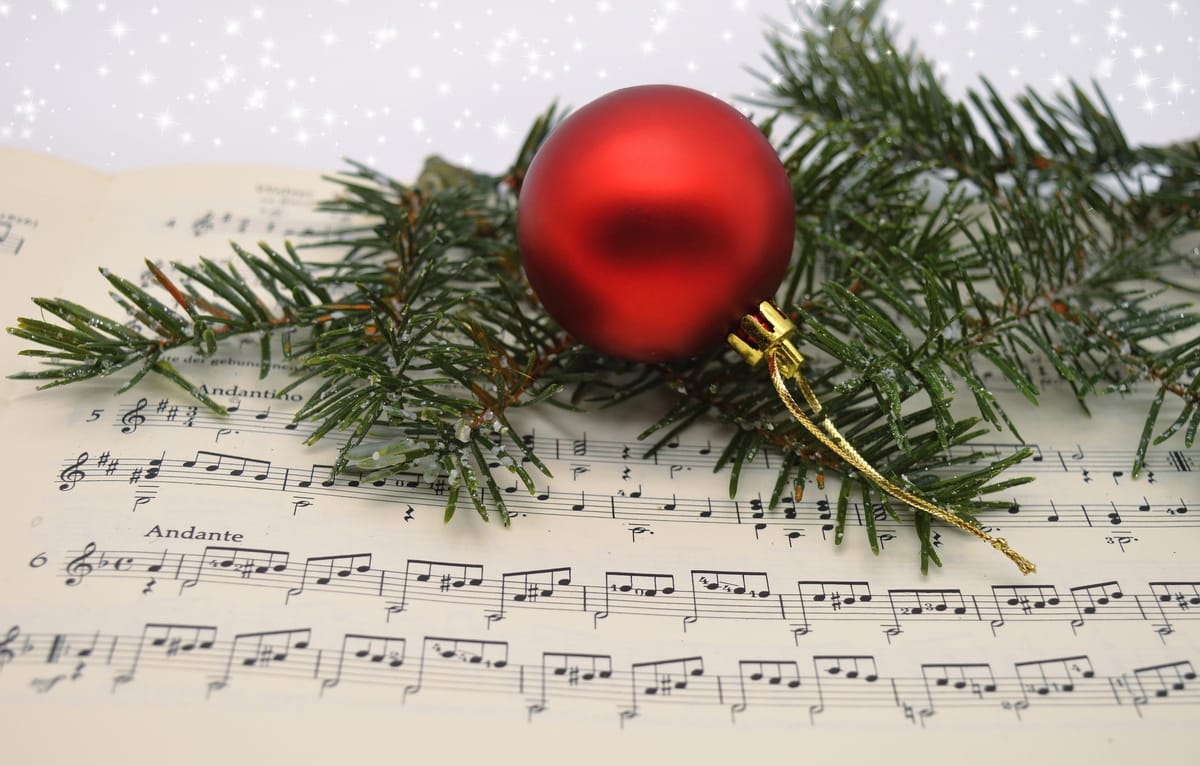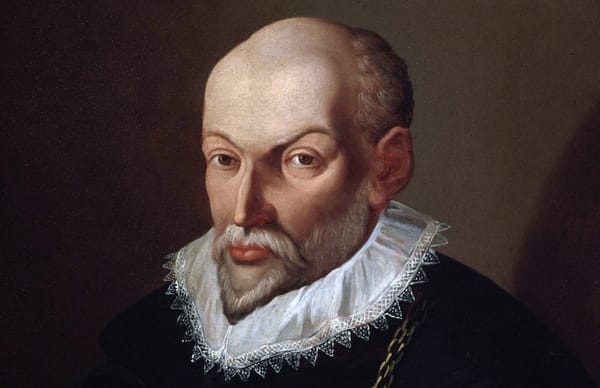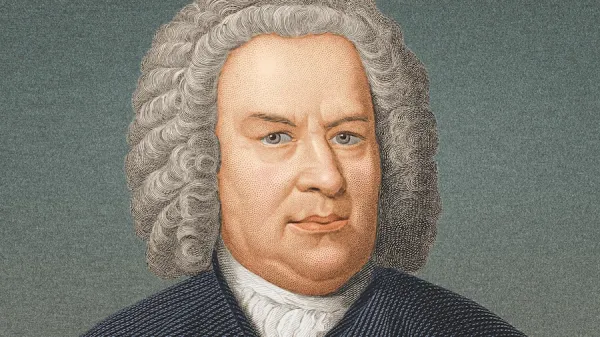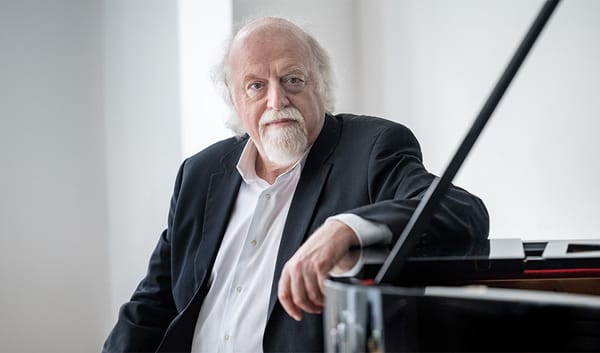Beyond Jingle Bells

“Tis the season indeed for a one-horse open sleigh. The tintinnabulation of that particular piece of merry music follows one around as pervasively as the aroma of plum cake and stollen. Christmas is a time of sugar and spice and all things nice; one of the nicest being the vast and sumptuous array of music on offer. From the ubiquitous jingling of those bells to the magnificence of oratorios, cantatas and masses, it is music that gives this festival its celebratory glory. While the Christmas standards of carols and the Hallelujah Chorus are loved and familiar fare, there is always much more to discover in music from around the world.
Listen then, to these: Misa Criolla, composed by Argentinian musician Ariel Ramirez in the 1960s is unique in many ways. It is one of the first masses not in Latin, and performed after the second Vatican Council permitted the use of the vernacular in Catholic churches. This compact 16-minute Mass is a miniature gem. Ramirez was deeply moved by the music of the gauchos and creole people, and, being a musicologist as well as a composer, did extensive research on folk music traditions to create this work. Scored for soloists, choir, keyboards, guitar, bass and plenty of percussion, each movement of the Misa is based on a dance rhythm. The Gloria features the joyous carnavalito with a call and response pattern, the Sanctus has the driving repetitive character of the chacerera trunca of central Argentina, the syncopated Bolivian cochabambino dominates the Credo, and the haunting Agnus Dei brings to the solemn words the flavour of the southern pampas. Through all the traditional sections of the Catholic mass, with the text translated into Spanish, the Misa Criolla is pure joy. Half a century after it was first performed at St Peter’s in Rome, conducted by Ramirez, it made the rafters of that venerable edifice ring again in 2014 at a performance conducted by Ramirez’s son, in the presence of Pope Francis.
In 1796, the landscape of Bohemia in Central Europe was serenely lovely – gently rolling hills, ponds and rivulets, small villages which were tucked into the folds of tree-shaded greens. It was to be a source of inspiration for composer Jakub Jan Ryba, who composed a pastoral mass. The outlines of the Catholic mass and its sections from the opening Kyrie to the Credo were retained, but interspersed with a narrative based on the birth of Jesus, all sung in Czech. With its short melodic phrases, its simple harmonies and folksy character, Ryba’s Vanocni Mse (Christmas Mass) places the setting of that manger in Bethlehem firmly in the heart of bucolic Bohemia. The opening words of a young shepherd awakening his master (Hej Mistre!) is natural but wonderfully dramatic. Scored for organ, flute, clarinet, horn, trumpet, strings, timpani, soloists and choir, the mass has charm, appeal and is a powerful expression of simple faith.
The mass continues to be a source of inspiration to 21st century composers. Latvian Ugis Praulins composed his Missa Rigensis in 2002, when it had its first performance in the vast medieval cathedral of Riga, with a boys’ choir as part of it. Praulins, who is known for his eclectic oeuvre (including prog rock), has gone deep into his roots in writing this haunting work. Above all, it celebrates the sound of the human voice, and there is no organ used. Like Ryba, a couple of centuries earlier, Praulins has used folk idioms in melody, harmony, the use of drones. Speech is stylised to bring the voice to the forefront. Though he has extensively employed the structure and form of Renaissance and Baroque music in, for example the canon-like Kyrie and the complex polyphony of the Credo, to give it an emphatically ‘neo’ sound, Praulins has blended folk, formal and his own vocabulary with consummate skill and artistry.
But what Christmas music playlist can be without the towering presence of Johann Sebastian Bach! So, we pay tribute to this season of praying for peace on earth and goodwill amongst all peoples, with the Christmas Oratorio. This mighty work is actually six different cantatas, and if performed as one work is a musical marathon of three hours! The six parts are each for a different day of the festival, beginning with the birth of Jesus, and going on to include the adoration of the shepherds, the naming of Jesus, and ending on January 6 with the adoration of the Magi. Those familiar with Bach’s works will recognise his use of the ‘parody technique’ where he has used sections of previously composed cantatas. Certainly, the Lutheran chorale with its simple hymns (albeit quite transformed by Bach) will delight the listener today as much as it would have the congregation of the time, allowing them even to join the choir in these sections. Scored for strings, continuo (organ) the bass line is doubled by the bassoon and cello for depth and sonority. This is a work of great breadth, the narrative by the Evangelist based on the gospels of St Luke and St Matthew, contrasting with soaring arias and choruses. Likewise, the orchestral accompaniment varies from the minimal to the rich. The wonderful story of Christmas finds full flowering of expression through the unique phenomenon that was Bach.
Merry Christmas, and happy listening!





